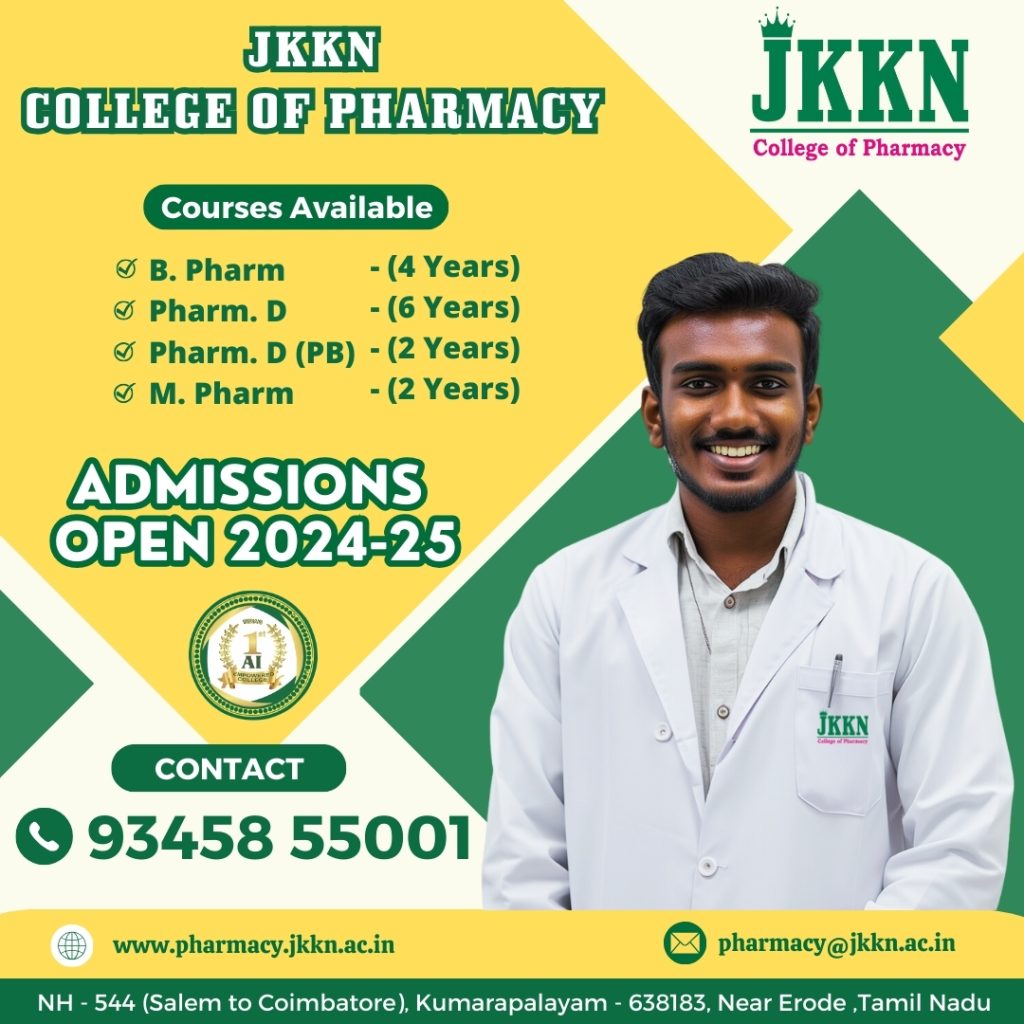I – PHARM D
PHARMACEUTICAL INORGANIC CHEMISTRY – THEORY
After a successful completion of the course the students will be able to
| COURSE OUTCOME NUMBER | COURSE OUTCOMES | COGNITIVE LEVEL |
| CO1 | Recall and summarize the fundamental concepts and principles of pharmaceutical inorganic chemistry, including errors in analytical techniques and the theory of indicators. | C1 |
| CO2 | Explain the different titration techniques, such as volumetric, acid-base, redox, non-aqueous, precipitation, and complexometric titrations. | C2 |
| CO3 | Apply the principles of gravimetry and limit tests to quantitatively analyze and detect the presence of specific substances in pharmaceutical samples. | C3 |
| CO4 | Analyze and assess the compatibility, stability, and effectiveness of essential trace elements, antimicrobials, and radio pharmaceuticals in pharmaceutical products. | C4 |
| CO5 | Evaluate the role of inorganic compounds, such as medicinal gases, acidifiers, antacids, cathartics, and electrolyte replenishers, in pharmaceutical formulations, considering their therapeutic benefits and potential side effects. | C5 |
| CO6 | Design and propose innovative pharmaceutical aids and dental products by integrating inorganic chemistry principles with pharmaceutical science, considering their formulation, safety, and efficacy. | C6 |
Remembering (C1), Understanding (C2), Applying (C3), Analyzing (C4), Evaluating (C5) and Creating (C6)
I – PHARM D
PHARMACEUTICAL INORGANIC CHEMISTRY – PRACTICAL
After a successful completion of the practicals the students will be able to
| COURSE OUTCOME NUMBER | COURSE OUTCOMES | PSYCHOMOTOR LEVEL |
| CO1 | Follow the procedures for pharmaceutical compounds, such as ammonium chloride, ferrous sulphate, copper sulphate, calcium gluconate, hydrogen peroxide, and sodium benzoate, utilizing appropriate titration and analytical techniques, and interpret the results effectively. | P1 |
| CO2 | Execute and demonstrate the correct procedures for limit tests, including those for chlorides, sulphates, iron, heavy metals, and arsenic, with precision and accuracy.. | P2 |
| CO3 | Demonstrate the techniques for testing the identity and purity of pharmaceutical substances, such as sodium bicarbonate, barium sulphate, ferrous sulphate, and potassium chloride, and assess the results to ensure compliance with pharmacopoeial standards. | P3 |
| CO4 | Apply the gravimetric techniques to estimate barium as barium sulphate, determine the mixture of sodium hydroxide and sodium carbonate, and perform assays for boric acid and borax, oxalic acid and sodium oxalate with precision and attention to detail. | P4 |
| CO5 | Perform and create the procedures for preparing pharmaceutical compounds, including boric acid, potash alum, calcium lactate, and magnesium sulphate, ensuring the synthesis meets pharmaceutical standards and safety protocols. | P5 |
Imitation (P1), Manipulation (P2), Precision (P3), Articulation (P4) and Naturalization (P5).


